Theopraxesis: Emblem
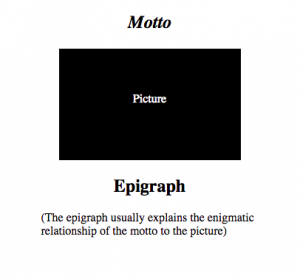 Catechism: Wide Image. The catechism of modernism (drawing on the Western Tradition) is articulated in Kant’s philosophy and Gauguin’s painting. The answers to the questions are specific to each person, and are generated during the composition of the wide image. Several posts are required to unfold this poetics, by means of which egents learn to actualize in their own projects the intelligence potential (latent) in the cultural archive. This archive in its global version functions for electracy the way Avatar functioned for orality: source of absolute knowledge (the project of Avatar Emergency was learning to receive this communication of Avatar). One of the first things that happens in transition from one apparatus to another is the mise en machine of the previous apparatus. As McLuhan observed, the content of the new medium is the old medium (literacy put oral mythologies into writing; electracy digitized the libraries). The remainder of the apparatus epoch is devoted to invention and diffusion throughout society of the new metaphysics (operating practices).
Catechism: Wide Image. The catechism of modernism (drawing on the Western Tradition) is articulated in Kant’s philosophy and Gauguin’s painting. The answers to the questions are specific to each person, and are generated during the composition of the wide image. Several posts are required to unfold this poetics, by means of which egents learn to actualize in their own projects the intelligence potential (latent) in the cultural archive. This archive in its global version functions for electracy the way Avatar functioned for orality: source of absolute knowledge (the project of Avatar Emergency was learning to receive this communication of Avatar). One of the first things that happens in transition from one apparatus to another is the mise en machine of the previous apparatus. As McLuhan observed, the content of the new medium is the old medium (literacy put oral mythologies into writing; electracy digitized the libraries). The remainder of the apparatus epoch is devoted to invention and diffusion throughout society of the new metaphysics (operating practices).
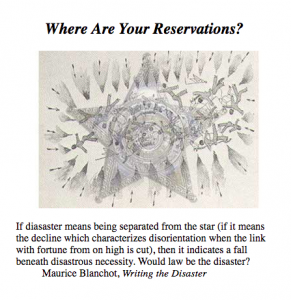 –Emblem. The translation of mystory into wide image is mediated by emblematics. The emblem (having the same structure as a generic advertisement), considering its historical relationship with allegory, expresses in condensed form the image of wide scope ( sinthome, Lacan) that emerges in the making of a mystory (it embodies the pattern of signifiers that repeat when the makers situation is mapped across the popcycle). Studio and Textshop exercises explore the form, including its history from its introduction in the Renaissance through to contemporary advertising. An advantage of the form is just this combination of archival presence and pop familiarity. Ulmer designed this emblem based on his mystory: Motto is “pithy,” aphoristic, allusive, to produce an evocative connotation when combined with the picture. The epigraph is informational, clarifying what is suggested in the motto-picture juxtaposition.
–Emblem. The translation of mystory into wide image is mediated by emblematics. The emblem (having the same structure as a generic advertisement), considering its historical relationship with allegory, expresses in condensed form the image of wide scope ( sinthome, Lacan) that emerges in the making of a mystory (it embodies the pattern of signifiers that repeat when the makers situation is mapped across the popcycle). Studio and Textshop exercises explore the form, including its history from its introduction in the Renaissance through to contemporary advertising. An advantage of the form is just this combination of archival presence and pop familiarity. Ulmer designed this emblem based on his mystory: Motto is “pithy,” aphoristic, allusive, to produce an evocative connotation when combined with the picture. The epigraph is informational, clarifying what is suggested in the motto-picture juxtaposition.
 –Advertisement.The Marlboro Cowboy
–Advertisement.The Marlboro Cowboy
In 1954 Philip Morris Corporation sought an advertising agency to design a campaign that would allow men to smoke a filtered cigarette in public without embarrassment. Leo Burnett (The Burnett Agency) did some research to determine the most “virile” male image in American culture, which not surprisingly turned out to be the “cowboy.”

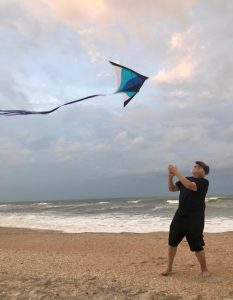
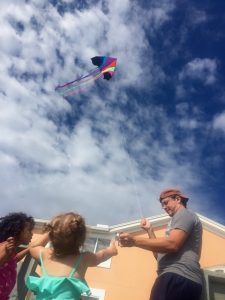
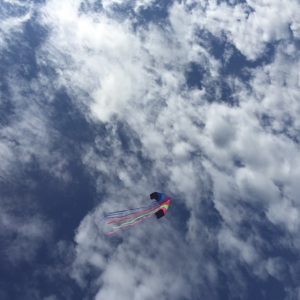
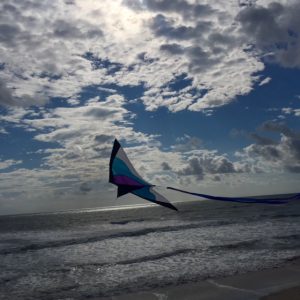
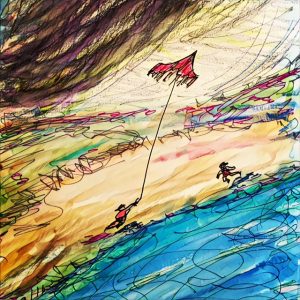
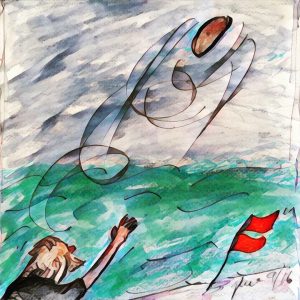
 Situation.What does it mean to approach Everyday Life with an aesthetic attitude? There is nothing novel about framing one’s quotidian roles in some state of mind — wisdom, science, religion. As practice, the aesthetic attitude is included within a situation, adding to the intentionality of some project the distance that generates aura of signification. “Situation” is a guideword, evoking the existentialist point that circumstances become a situation when considered from the point of view of one’s “project,” the goals of a practice, encountering a scene not indifferently but according to its affordances for some purpose. In a Visit (for konsult) this project or purpose is given an aesthetic frame.
Situation.What does it mean to approach Everyday Life with an aesthetic attitude? There is nothing novel about framing one’s quotidian roles in some state of mind — wisdom, science, religion. As practice, the aesthetic attitude is included within a situation, adding to the intentionality of some project the distance that generates aura of signification. “Situation” is a guideword, evoking the existentialist point that circumstances become a situation when considered from the point of view of one’s “project,” the goals of a practice, encountering a scene not indifferently but according to its affordances for some purpose. In a Visit (for konsult) this project or purpose is given an aesthetic frame.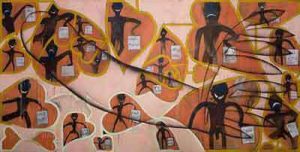 The function of heuretics is to create a discourse on method: The method you need has to be generated even while you are applying it. Blogs are a good support for this generative practice, since they enable a developmental unfolding. A project experiment is set (the design of konsult for EmerAgency catalysis of public policy dilemmas), a set of resources are chosen as generators, assigned to slots in the CATTt, and each resource is inventoried in turn, in a sequence from which emerges an intertext, to be synthesized and integrated into a working recipe. Blogs document this process, inventorying each resource as it is encountered, itemizing instructions from the operating features of the resource, testing them in part, while moving through the sequence, integrating instructions for further testing. The result is both a commentary on and demonstration of the desired poetics.
The function of heuretics is to create a discourse on method: The method you need has to be generated even while you are applying it. Blogs are a good support for this generative practice, since they enable a developmental unfolding. A project experiment is set (the design of konsult for EmerAgency catalysis of public policy dilemmas), a set of resources are chosen as generators, assigned to slots in the CATTt, and each resource is inventoried in turn, in a sequence from which emerges an intertext, to be synthesized and integrated into a working recipe. Blogs document this process, inventorying each resource as it is encountered, itemizing instructions from the operating features of the resource, testing them in part, while moving through the sequence, integrating instructions for further testing. The result is both a commentary on and demonstration of the desired poetics.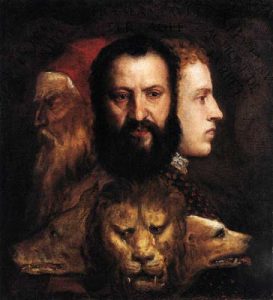
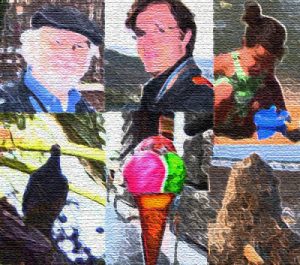 The further step of using the CATTt is to extrapolate from these operating features, to adopt them as forms only, substituting one’s own materials suggested by the relay, to test an allegory of prudence (aesthetic judgment) drawing on equivalents of the features found in the source Theory.
The further step of using the CATTt is to extrapolate from these operating features, to adopt them as forms only, substituting one’s own materials suggested by the relay, to test an allegory of prudence (aesthetic judgment) drawing on equivalents of the features found in the source Theory.